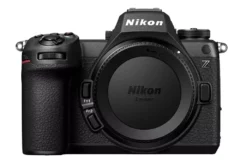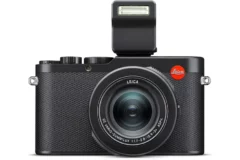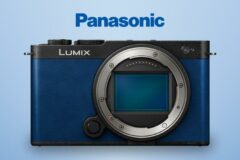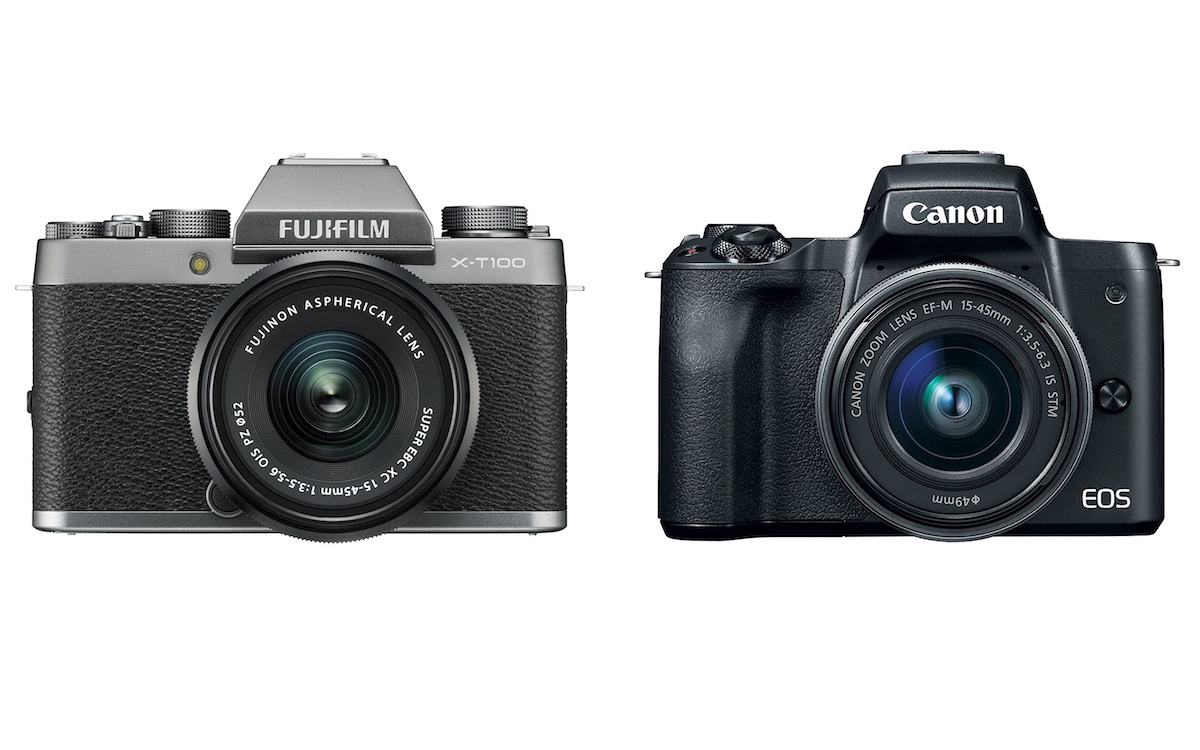Fujifilm X-T100 vs Canon M50 – Comparison
Looking for a Fujifilm X-T100 vs Canon M50 comparison? Read our detailed comparison of the Fujifilm X-T100 vs Canon M50 to find out their advantages and decide which one to buy.
Fujifilm has unveiled the X-T100 mirrorless camera with 24.2 megapixel APS-C sized image sensor. The new Fujifilm X-T100 has the same sensor in resolution to the Canon EOS M50. Both cameras record 4K videos and offers almost the same features. According to this list of features, we should mention that the subjects such as continuous shooting speed, native ISO sensitivity, higher resolution large LCD screen come out on the Canon M50 side.
If you’re trying to decide which one to buy as your first camera, check out the differences between the Fujifilm X-T100 vs Canon M50 cameras.
Differences Between the Fujifilm X-T100 vs Canon M50 Cameras
Here we are comparing Fujifilm X-T100 vs Canon M50 mirrorless cameras. Our comparison table below covers the important specifications of each camera. Below that, we specifically talk about the new improvements and which model is better suited for your needs.
| Fujifilm X-T100 | Canon M50 | |
|---|---|---|
| Megapixels | 24.2 | 24.2 |
| Sensor Type | APS-c CMOS | APS-c CMOS |
| Sensor Size | (23.50mm x 15.70mm) | (22.30mm x 14.90mm) |
| Crop Factor | 1.5x | 1.6x |
| AA Filter | Yes | Yes |
| Image Resolution | 6000 x 4000 | 6000 x 4000 |
| Body Image Stabilization | No | Yes (Movie only) |
| Lens Mount | X-Mount | Canon EF-M |
| ISO | 100 – 12,800 | 100 – 25,600 |
| Expanded ISO | 200-12800, Extended output sensitivity equivalent ISO 100, 25600 and 51200; AUTO, AUTO2, AUTO3 | Auto (100-6400), 100 – 25600 in 1/3 or 1EV steps, expandable to 51200 |
| AF Points | Hybrid Phase/Contrast Detection AF: Single point AF: 7×13 (Changeable size of AF frame among 5 types), Zone AF: 3×3 / 5×5 / 7×7 from 91 areas on 7×13 grid, Wide/Tracking AF: (up to 18 area | Hybrid PDAF/CDAF: Dual Pixel CMOS AF; 143 points, Face+Tracking AF, Zone AF, 1-point AF |
| Cross-type AF Points | 91 points | 99 points |
| Continuous Mode | 6fps | 10fps |
| LCD | 3.0″ – Articulating | 3.2″ – Articulating |
| LCD Resolution | 1,040,000 dots | 1,620,000 dots |
| Touchscreen | Yes | Yes |
| Focus Peaking | Yes | Yes |
| Top LCD Display | No | No |
| Viewfinder Type | EVF: 0.39-inch, 2.36M-dot OLED, 100% coverage, 0.62x magnification (35mm eq.), 17.5mm eyepoint, -4 to +2 diopter, eye sensor | 0.39″-type 2.36m-dot OLED EVF, 100% coverage, 22mm eyepoint, diopter correction, eye sensor |
| Viewfinder Coverage | 95% | 100% |
| Viewfinder Magnification | 0.93x | |
| Video Resolution | 3840×2160 (15p) 1920×1080 (60p/50p/24p) 1280×720 (60p/50p/24p) 1280×720 (100p) |
3840×2160 (24p) 1920×1080 (60p/50p/30p/25p/24p) 1280×720 (120p/100p/60p/50p) |
| Movie File Format | H.264 (MOV) with stereo sound | MP4 (Video: MPEG-4 AVC / H.264; Audio: MPEG-4 AAC-LC (stereo)) |
| Microphone Jack | Yes | Yes |
| Headphone Jack | No | No |
| Memory Card Type | SD | SD |
| Dual Card Slots | No | No |
| SD UHS Support | UHS-I | UHS-I |
| Fastest Shutter Speed | 1/32000 | 1/4000 |
| Slowest Shutter Speed | 30″ | 30″ |
| Bulb Mode | Yes | Yes |
| JPEG Buffer Size | 26 | 33 |
| RAW Buffer Size | – | 10 |
| Time Lapse | Yes | Yes |
| Built-in Flash | Yes | Yes |
| Max Flash Sync Speed | 1/180 | 1/200 |
| Startup Time | x | 1.2s |
| Built-in Wi-Fi | Yes | Yes |
| Built-in GPS | No | No |
| Built- in NFC | No | Yes |
| Bluetooth | Yes | Yes |
| USB Type | USB 2.0 | USB 2.0 |
| Environmentally Sealed | No | No |
| Battery Life (CIPA) | 430 shots | 235 shots |
| Battery Included | Yes (NP-W126S) | Yes LP-E12 Lithium-ion rechargeable |
| Weight | 20.6 oz (583 g) includes batteries, kit lens |
17.1 oz (484 g) includes batteries, kit lens |
| Size | 4.8 x 3.3 x 1.9 in. (121 x 83 x 47 mm) |
4.6 x 3.5 x 2.3 in. (116 x 88 x 59 mm) |
| Price | Amazon – $599 | Amazon – $629 |
| Release Date | 2018 | 2018 |
Fujifilm X-T100 Advantages:
- Lens Selection – Better lens selection gives you more options
- Slightly Larger Sensor – More sensor area. Bigger is (generally) better.
- In-Camera Panoramas – Stitches multiple shots into a panoramic photo
- Longer Stills Battery Life – 430 vs 235 SHOTS Capture more photos.
- Faster Shutter –1/32000 vs 1/4000 Shoot wide open in bright light
Canon M50 Advantages:
- Bigger LCD Screen – 3.2″ compared to 3.0″ with noticeably higher resolution. This doesn’t affect your photographs/videos, but does allow you to precisely see if your focus is spot on
- Slower Slo-motion – Supports slower slow-mo
- 10 vs 6fps – Both cameras are fast enough for sports and wildlife, but the extra 1fps helps if you often shoot wildlife and want more shots to increase your chances of getting a razor sharp photograph
- Viewfinder – 100% viewfinder coverage. Since it’s EVF (electronic) you can see how your shot is going to look like before taking a picture.
Both cameras are very similar, but if you’re looking for something small and light. Especially for vlogging we recommend Canon M50 with its advanced features in burst speed, native ISO and RAW buffer at this price tag.









